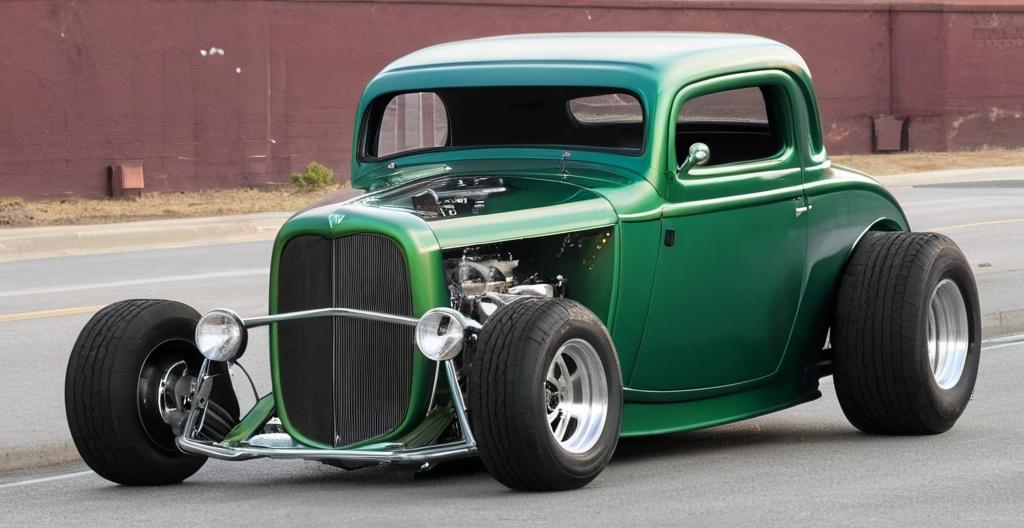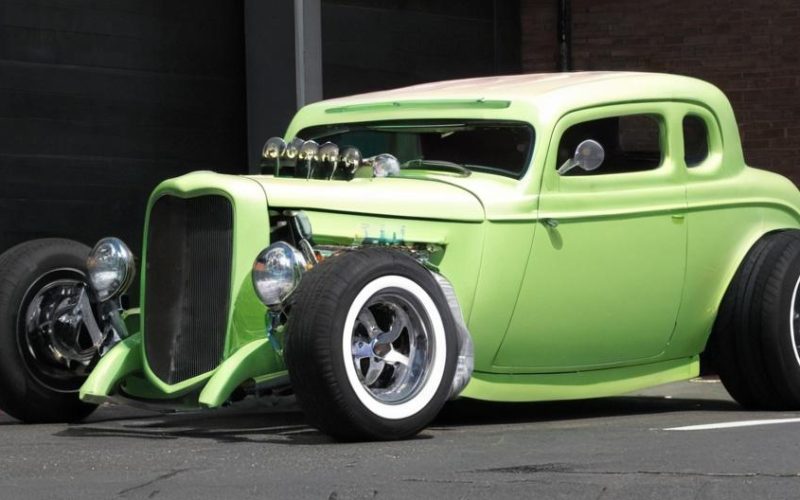Key Take Aways About Restoring Original Paint on Classic Street Rods
- Restoring classic street rods preserves their original paint, enhancing both nostalgic and financial value.
- Original paint tells the car’s history, vital for collectors and enthusiasts.
- The restoration process is meticulous, involving assessment, the right tools, and careful methods.
- Key steps include thorough cleaning, paint correction, and protective sealing.
- Restoration is a personal journey, offering rewards of historical connection and satisfaction.

Understanding the Basics of Restoring Classic Street Rods
The idea of bringing an old, rusting street rod back to life can spark a flicker of excitement in any car enthusiast. These vehicles are remnants of a bygone era, and each one has a story embedded in its sheet metal. Restoring the original paint on a classic street rod is like walking through a time capsule, giving the car not just a facelift but a resurrection of its original character.
Why Original Paint Matters
Original paint is like the soul of a classic car. It’s part of its identity, telling tales of its past adventures, the roads it has traveled, and the hands it has passed through. For collectors, maintaining the original paint holds significant value, both nostalgically and financially. A street rod with its factory coat intact can often fetch a higher price in the collector market, making it an appealing aspect for anyone looking to eventually monetize their passion.
The Dance Between Nostalgia and Economics
Balancing sentiment and economic logic is tricky. While one might yearn to see the car in its original glory, it’s crucial to consider the costs involved. Professionals charge a pretty penny for authentic restorations, so it’s worth weighing whether the investment aligns with personal and financial goals. However, the payoff often comes in the form of increased car value and personal satisfaction.
The Restoration Process: An Art and a Craft
Restoring original paint isn’t just slapping on a new coat—it’s a meticulous process that requires patience and skill. It’s a bit like peeling back the layers of history, revealing the car’s original essence. Let’s walk through the process, keeping things simple without getting lost in the jargon.
Initial Assessment: What Are We Working With?
Before jumping into restoring, it’s wise to assess the current condition of the paint. A car that’s spent decades under a tarp in a barn might need different treatment compared to one that’s been parked outside, subject to the whims of nature. This step is crucial as it informs decisions on the type of restoration methods needed.
Tools of the Trade
Once the condition is assessed, time to gather the tools. You’ll need an assortment of sandpapers, buffers, and polishers, as well as specialized compounds designed to bring aged paint back to life. The right tools might feel like a splurge but think of them as investments. They’re key in ensuring the restoration is done correctly without causing further damage.
Methods of Restoration: Getting Your Hands Dirty
Getting down to the actual nitty-gritty of the restoration process can be a labor of love. Here’s a quick overview of what this often involves.
Cleaning and Surface Preparation
First up is cleaning the car thoroughly to remove any dirt or debris. This isn’t just a regular car wash. It’s more a deep clean to ensure the surface is primed for further work. Expect to find hidden dirt in every nook and cranny—like finding coins under your couch cushions.
Paint Correction: The Gentle Touch
Paint correction involves removing surface imperfections without damaging the original layer. This step requires a light hand and the right compounds to gently buff out scratches, oxidation, or stains. Think of it as an exfoliation process for your car.
Sealing and Protecting
Once imperfections are corrected, it’s time to seal the paint. This assists in protecting it from future damage and weather conditions. A quality sealant is like a superhero cape, giving the paint a fighting chance against the elements and preserving its renewed beauty.
A Personal Journey With My Own Street Rod
Years ago, I embarked on the journey of restoring a 1948 Ford Super Deluxe. Long hours, a few scraped knuckles, and more than a couple of beer breaks later, the car emerged, almost unrecognizable from the rust bucket it once was. That moment when the sun hit the perfectly restored surface, reflecting its vibrant blue coat, made every drop of sweat worth it. Driving it now feels like cruising through history.
Summing Up: A Labor of Love With Its Rewards
Restoring original paint on a classic street rod is no small task, but the rewards are tempting. Beyond the potential financial gains, it’s the connection to the past and the personal satisfaction that make it worthwhile. Next time you see an old car gathering dust, remember it’s more than a project. It’s a piece of history waiting for another chapter.
